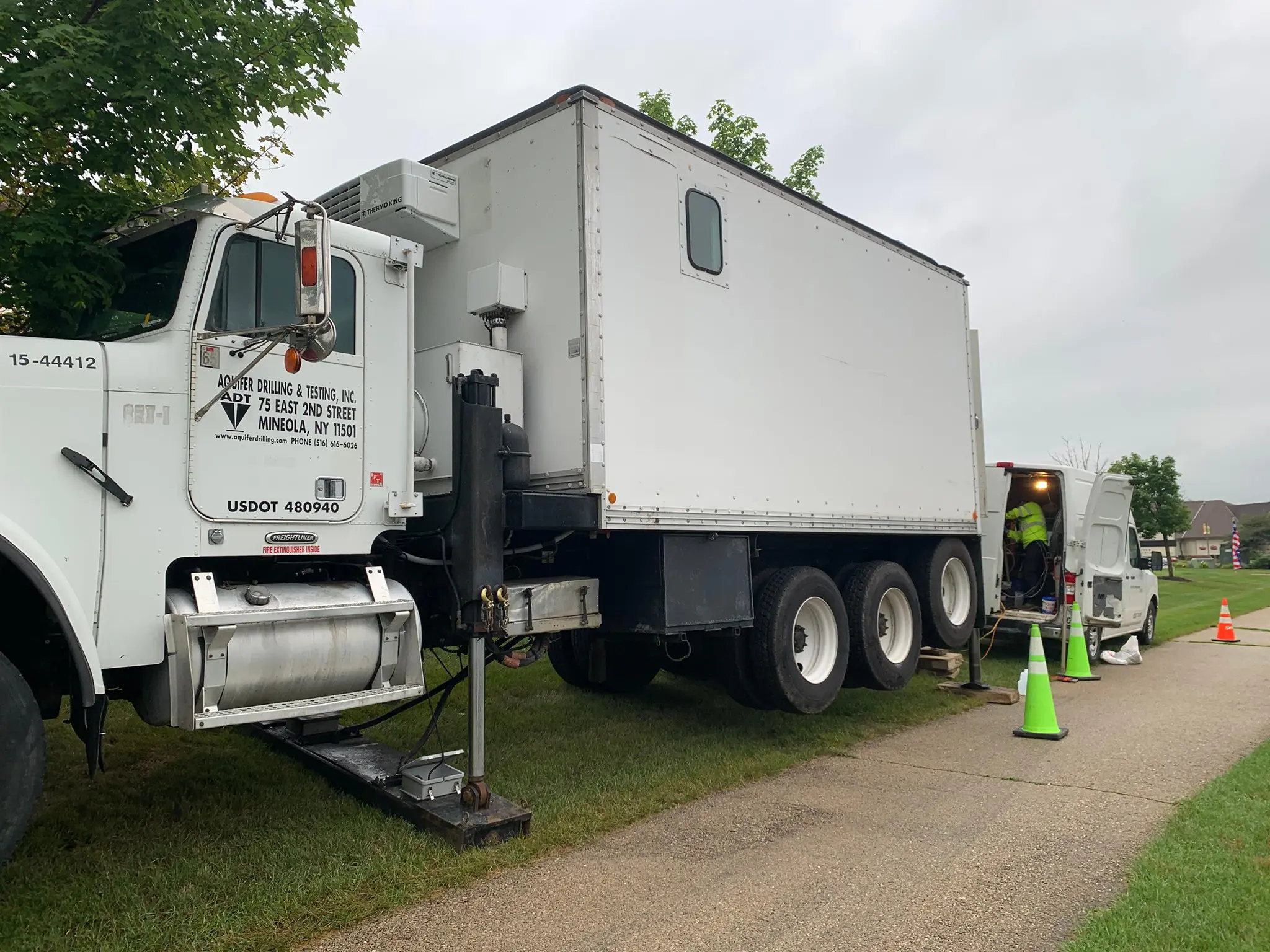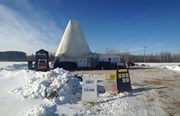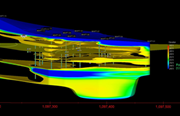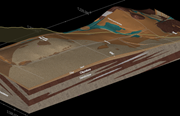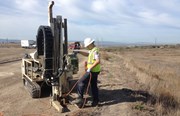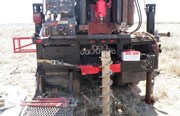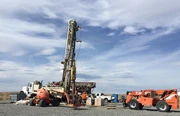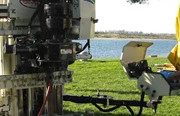What is Split Spoon Sampling?
Split spoon sampling, also known as Standard Penetration Testing (SPT), is a method used to determine the load-bearing capabilities and geotechnical properties of subsurface soils. This technique involves collecting soil samples using a split spoon sampler to assess soil density, composition, and strength - critical factors in construction and engineering projects.
How does split spoon sampling work?
A drill rig drives a split spoon sampler into the soil at predetermined intervals. The sampler, typically a 24-inch long, two-inch diameter hollow tube split longitudinally, is hammered into the ground using a 140 lbs. hammer and a 30-inch drop distance. The process involves advancing the sampler in 6-inch increments and recording the number of blows required to penetrate each interval.
-
Seating Drive: The first 6 inches serve as a seating drive and are not included in the final count.
-
Blow Counts: The blows required for the next two 6-inch intervals are summed to obtain the "N-value" or SPT blow count, indicating soil compaction and hardness.
Once the desired depth is reached, the sampler is retrieved, and the collected soil samples are preserved for laboratory analysis. These samples provide detailed insights into subsurface conditions, aiding engineers in calculating load-bearing capacities and designing safe structures.
Common Applications
Split spoon sampling is the industry standard for geotechnical and infrastructure design projects, employed in:
-
Geotechnical Investigations: Assessing soil properties for foundation design and construction feasibility.
-
Environmental Sampling: Collecting soil samples to identify contaminants and monitor remediation efforts.
-
Infrastructure Development: Planning roads, bridges, and other heavy structures, ensuring safety and stability.
 Why Choose Split Spoon Sampling?
Why Choose Split Spoon Sampling?
Split spoon sampling remains indispensable due to its:
-
Industry Acceptance: Widely recognized and accepted in engineering practices.
-
Cost-Effectiveness: Requires simple equipment and procedures, expediting project timelines.
-
Versatility: Suitable for various soil types and conditions, and can complement other testing methods.
Split Spoon Sampling vs. Other Methods
While alternatives exist, split spoon sampling offers unique advantages:
-
Accessibility: More feasible when sonic drilling equipment isn't available, especially at shallower depths.
- Comprehensive Data: Provides actual soil samples for laboratory analysis, offering both qualitative and quantitative data.
Understanding SPT Blow Counts
SPT blow counts are crucial for engineers:
-
Low N-values: Indicate softer, less compacted soils.
- High N-values: Suggest denser, more compact soils
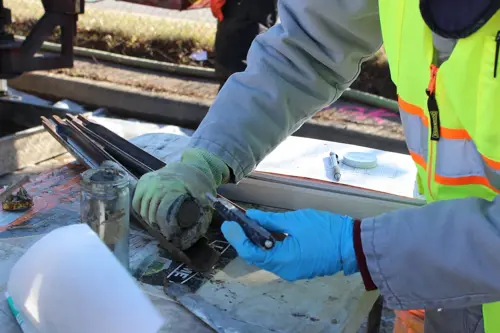
Learn More About Our Services
Interested in how split spoon sampling can benefit your project? Contact us today to discuss your requirements. Our experts are ready to provide you with the insights and solutions necessary for successful project outcomes.




